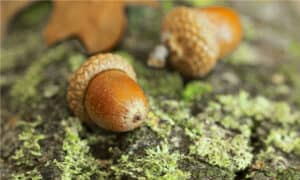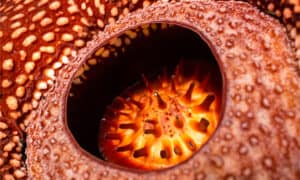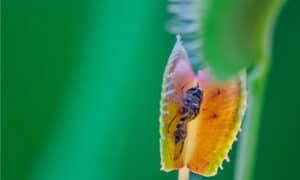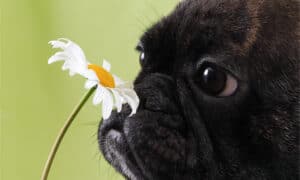Are Begonias Poisonous To Dogs or Cats?
@media (min-width: 481px) {
.mobile-top-content {
display: none;
}
}
#mobileTopContentCTACarouselControls { overflow: hidden; text-overflow: ellipsis; white-space: nowrap; }
.mobile-top-content .more { color: #fff; }
.mobile-top-content a { color: #fff; text-decoration: underline; }
.mobile-top-content a:hover { color: #fff; text-decoration: underline; }
@media (max-width: 480px) {
.mobile-top-content {
background-color: #06a10b;
color: #fff;
text-align: center;
/*height: 60px;
padding-top:5px;*/
font-size:80%;
/* display: block; */
margin: 0px -30px;
}
}
Because of their enormous, brightly colored blooms, begonias are a popular choice for flowerbeds and larger pots. If you want your home to have some spark, these houseplants are a great choice. But as a pet owner, you should be careful of the kind of plants you have in your home. So you might be wondering: Are begonias poisonous to dogs and cats? What should I do if my pet gets poisoned from eating begonias?
Keep reading to learn more so you can protect your dogs or cats from begonia toxicity.
Are Begonias Poisonous To Dogs or Cats?

Fedotova Olga/Shutterstock.com
Despite being beautiful plants, begonias are poisonous to dogs and cats. So your pet shouldn’t eat any part of this houseplant. More than a thousand species of begonia exist and all are poisonous to animals. Although the roots contain most of the poison, all parts of What should be always kept out of the reach of your pets.
Small animals like cats and small dogs are particularly vulnerable since only a small amount needs to be consumed to be poisonous. If your pet ingests any part of this plant, contact your vet right away. Some veterinarians urge pet owners to give their animals milk or other dairy products, such as cheese or yogurt to ease intestinal pain and discomfort. This treatment should only be used when diarrhea lasts for an extended period and a vet has advised you it is okay.
Toxicity In Begonias
The begonia plant has a lot of oxalates, especially in the roots which are particularly poisonous to dogs and cats. Once swallowed, oxalate crystals irritate tissues and can break down into ‘oxalic acid’, another strong irritant. The pet’s body will try to dilute the acid with saliva to minimize further discomfort and harm to the digestive tract. The toxin will eventually enter the bloodstream and travel to the liver. This is particularly risky since oxalic acid can cause severe liver damage, leading to disease and even death.
Begonia Poisoning In Dogs And Cats: Symptoms
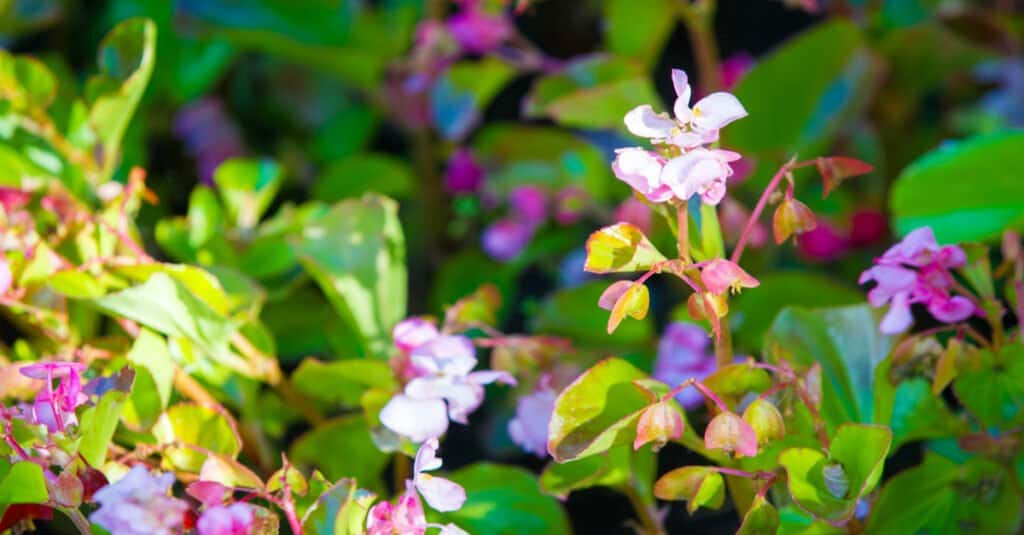
Fedotova Olga/Shutterstock.com
Begonia poisoning is rarely fatal but your pet can get sick from eating it. Your dog or cat will develop some symptoms that are easy to recognize.
Here are some of the symptoms you will notice if your pet eats this toxic plant:
- Sneezing excessively
- Mouth sores
- Mouth and tongue swelling
- Licking one’s lips
- Vomiting
- Dehydration
- Disregard for food or water
Owners who notice these symptoms should seek immediate veterinary care for their pets to avoid further health issues.
How To Keep Your Dogs Or Cats Away From Begonias
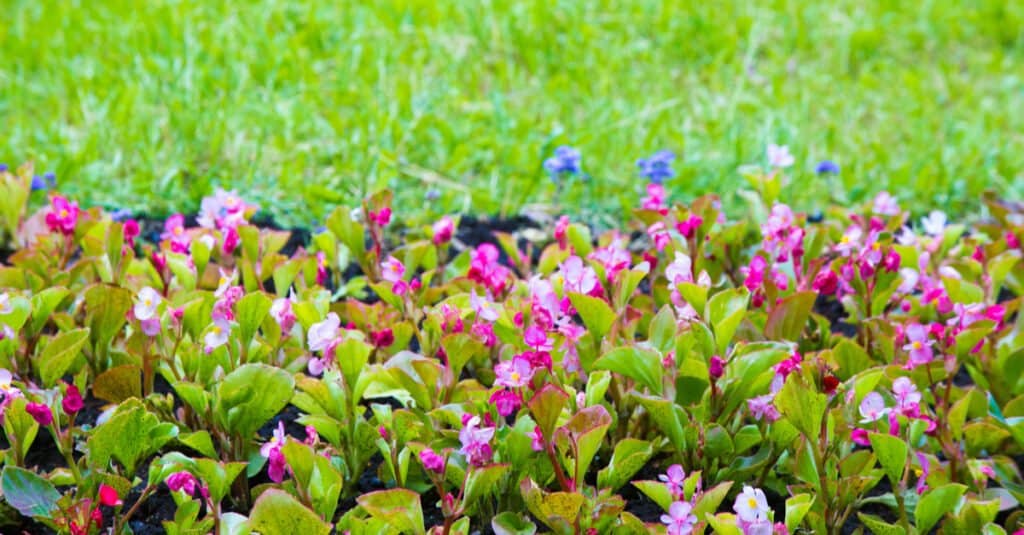
Fedotova Olga/Shutterstock.com
Not having Begonia flowers around your pets is the greatest way to keep dogs and cats safe. However, that’s not the only option. There are several ways to keep them separate.
Train your dog or cat.
Starting with good puppy training and physical limits in the yard is smart. If you have this houseplant indoors or in the garden, use positive reinforcement to teach your pet that they get rewarded if they stay away from the plant.
Set up a physical or invisible fence.
A fence is the best way to keep your dog or pet out of your backyard flowers. Your pet’s size and agility will determine the fence height and material. Another idea is to surround your blossoming plants with thorns. You may even build a dog kennel inside the garden to create a separate dog play area.
Pay attention to your pet.
Also, your dog will be less likely to dig up your garden beds if you give it enough attention and exercise. Being available to run and play with your pet is part of pet ownership and will keep them happier and healthier overall.
What To Do If Your Pet Has Ingested Begonia
If your pet keeps licking his mouth or rubbing it, there must be some inflammation around his mouth. The first step is to wash traces and residues from their mouth with water. This will help to reduce inflammation around the mouth. You should stop giving your pet food and water until its symptoms cease. For mild cases, symptoms should last for less than 48 hours.
Next, provide some milk for your dog to drink to break down any crystals that have formed in his system. But don’t give your cat some milk to drink. Remember that cats are lactose intolerant and giving them milk or other dairy products can complicated matters.
Severe symptoms will need the attention of a veterinarian. Your vet may need to undertake tests to discover the exact nature of the plant consumed to provide a full diagnosis. These exams usually involve blood work and a physical.
More from A-Z Animals
.more-snake-card-image { max-height:140px !important; }
@media (min-width: 481px) {
.mobile-top-content {
display: none;
}
}
#mobileTopContentCTACarouselControls { overflow: hidden; text-overflow: ellipsis; white-space: nowrap; }
.mobile-top-content .more { color: #fff; }
.mobile-top-content a { color: #fff; text-decoration: underline; }
.mobile-top-content a:hover { color: #fff; text-decoration: underline; }
@media (max-width: 480px) {
.mobile-top-content {
background-color: #06a10b;
color: #fff;
text-align: center;
/*height: 60px;
padding-top:5px;*/
font-size:80%;
/* display: block; */
margin: 0px -30px;
}
}
Because of their enormous, brightly colored blooms, begonias are a popular choice for flowerbeds and larger pots. If you want your home to have some spark, these houseplants are a great choice. But as a pet owner, you should be careful of the kind of plants you have in your home. So you might be wondering: Are begonias poisonous to dogs and cats? What should I do if my pet gets poisoned from eating begonias?
Keep reading to learn more so you can protect your dogs or cats from begonia toxicity.
Are Begonias Poisonous To Dogs or Cats?

Fedotova Olga/Shutterstock.com
Despite being beautiful plants, begonias are poisonous to dogs and cats. So your pet shouldn’t eat any part of this houseplant. More than a thousand species of begonia exist and all are poisonous to animals. Although the roots contain most of the poison, all parts of What should be always kept out of the reach of your pets.
Small animals like cats and small dogs are particularly vulnerable since only a small amount needs to be consumed to be poisonous. If your pet ingests any part of this plant, contact your vet right away. Some veterinarians urge pet owners to give their animals milk or other dairy products, such as cheese or yogurt to ease intestinal pain and discomfort. This treatment should only be used when diarrhea lasts for an extended period and a vet has advised you it is okay.
Toxicity In Begonias
The begonia plant has a lot of oxalates, especially in the roots which are particularly poisonous to dogs and cats. Once swallowed, oxalate crystals irritate tissues and can break down into ‘oxalic acid’, another strong irritant. The pet’s body will try to dilute the acid with saliva to minimize further discomfort and harm to the digestive tract. The toxin will eventually enter the bloodstream and travel to the liver. This is particularly risky since oxalic acid can cause severe liver damage, leading to disease and even death.
Begonia Poisoning In Dogs And Cats: Symptoms

Fedotova Olga/Shutterstock.com
Begonia poisoning is rarely fatal but your pet can get sick from eating it. Your dog or cat will develop some symptoms that are easy to recognize.
Here are some of the symptoms you will notice if your pet eats this toxic plant:
- Sneezing excessively
- Mouth sores
- Mouth and tongue swelling
- Licking one’s lips
- Vomiting
- Dehydration
- Disregard for food or water
Owners who notice these symptoms should seek immediate veterinary care for their pets to avoid further health issues.
How To Keep Your Dogs Or Cats Away From Begonias

Fedotova Olga/Shutterstock.com
Not having Begonia flowers around your pets is the greatest way to keep dogs and cats safe. However, that’s not the only option. There are several ways to keep them separate.
Train your dog or cat.
Starting with good puppy training and physical limits in the yard is smart. If you have this houseplant indoors or in the garden, use positive reinforcement to teach your pet that they get rewarded if they stay away from the plant.
Set up a physical or invisible fence.
A fence is the best way to keep your dog or pet out of your backyard flowers. Your pet’s size and agility will determine the fence height and material. Another idea is to surround your blossoming plants with thorns. You may even build a dog kennel inside the garden to create a separate dog play area.
Pay attention to your pet.
Also, your dog will be less likely to dig up your garden beds if you give it enough attention and exercise. Being available to run and play with your pet is part of pet ownership and will keep them happier and healthier overall.
What To Do If Your Pet Has Ingested Begonia
If your pet keeps licking his mouth or rubbing it, there must be some inflammation around his mouth. The first step is to wash traces and residues from their mouth with water. This will help to reduce inflammation around the mouth. You should stop giving your pet food and water until its symptoms cease. For mild cases, symptoms should last for less than 48 hours.
Next, provide some milk for your dog to drink to break down any crystals that have formed in his system. But don’t give your cat some milk to drink. Remember that cats are lactose intolerant and giving them milk or other dairy products can complicated matters.
Severe symptoms will need the attention of a veterinarian. Your vet may need to undertake tests to discover the exact nature of the plant consumed to provide a full diagnosis. These exams usually involve blood work and a physical.

